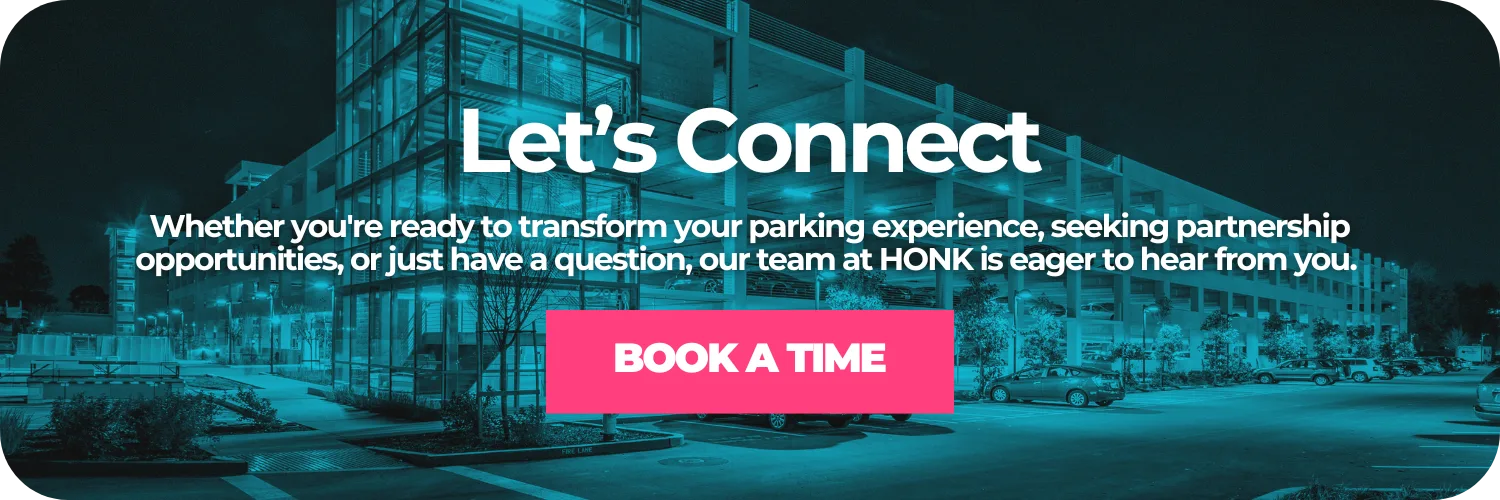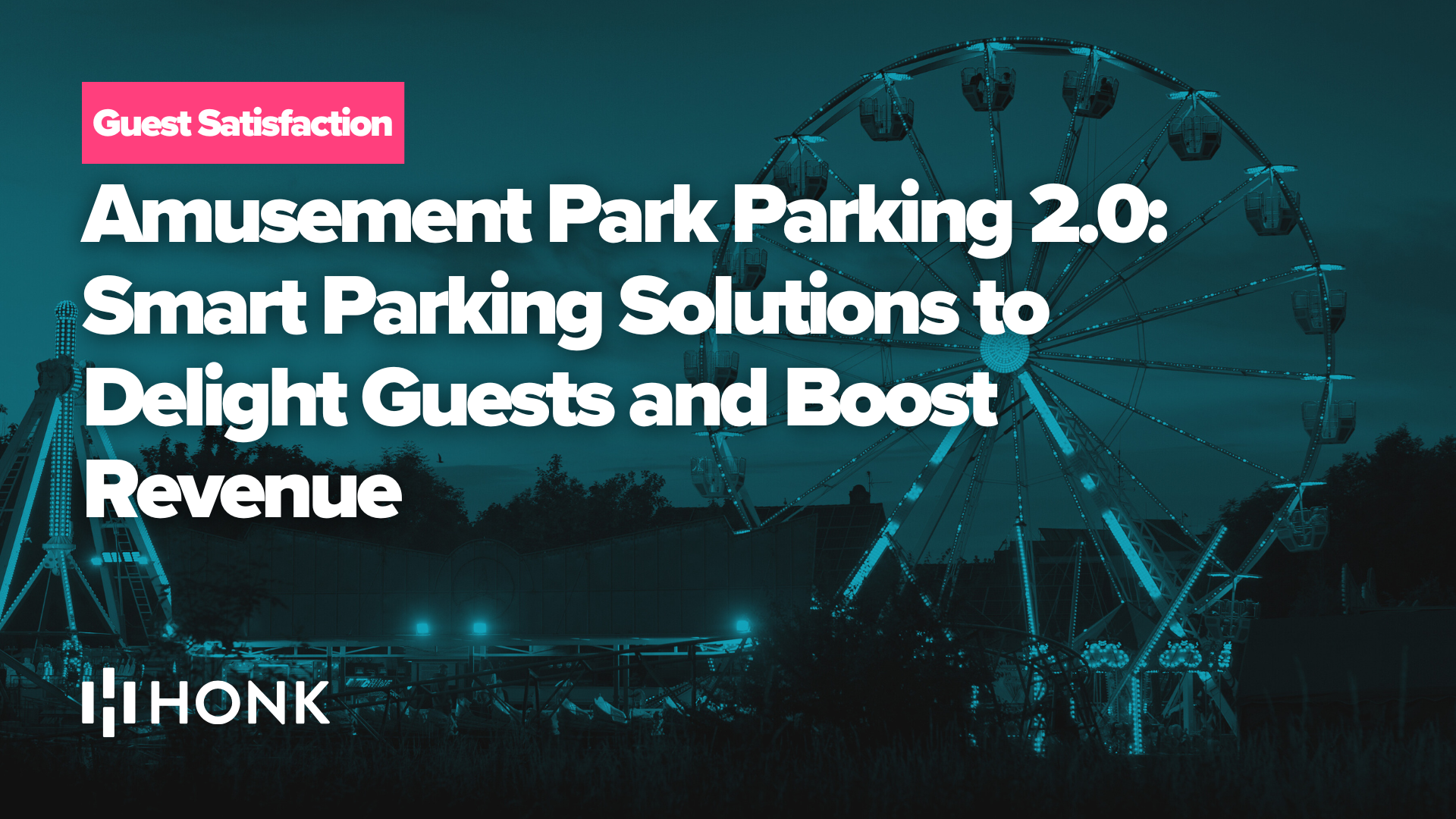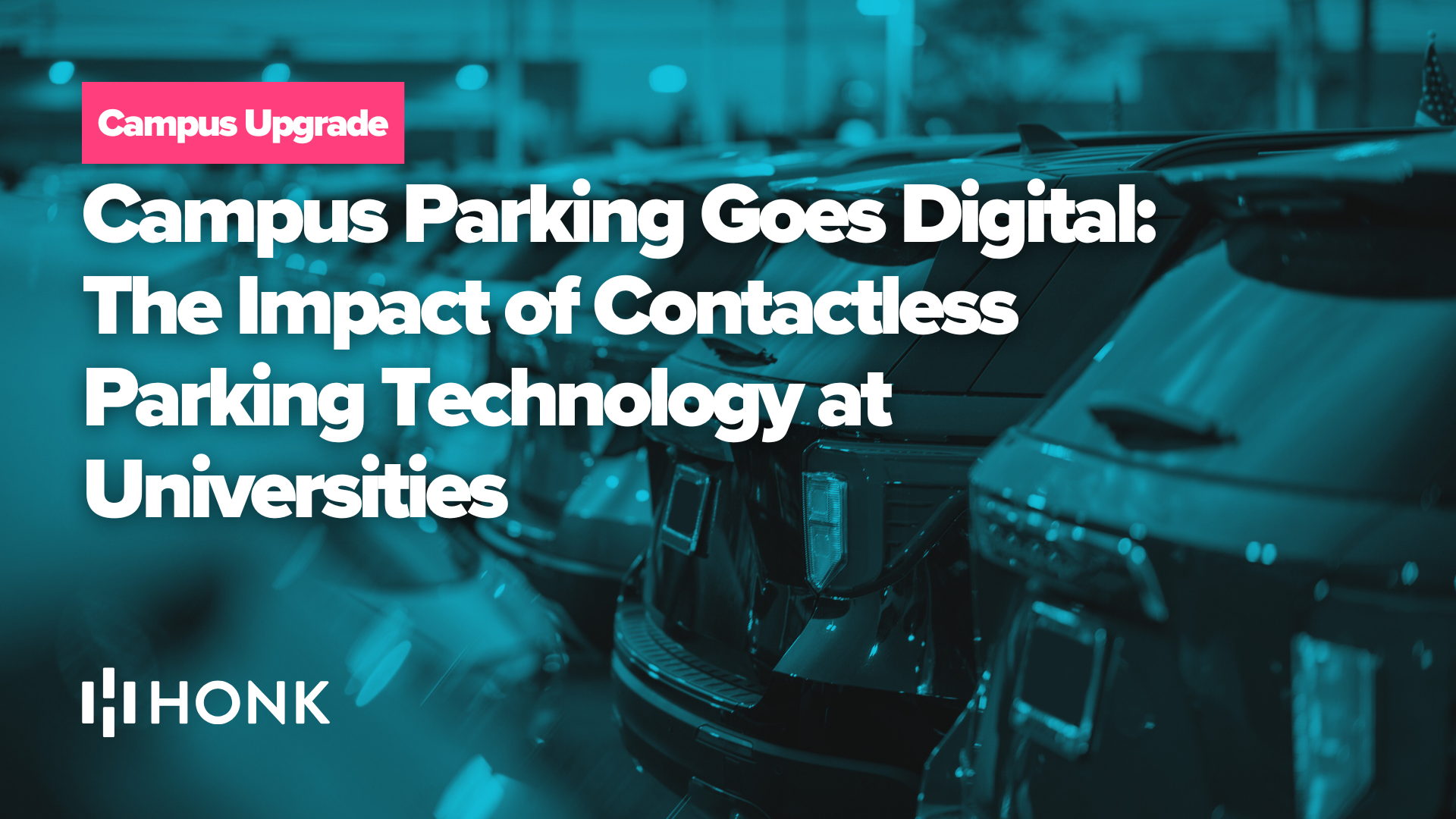Back in March (what feels like a lifetime ago now), the world as we knew it changed. Thanks to a global pandemic, life-altering “pivots” soon became the “new normal,” cementing new behaviors that impacted the way we run our businesses, to the way we run to the grocery store, to — yes — even the way we park.
Now that we’re just over 2 weeks away from 2021 — but who’s counting? — we can finally see some light at the end of this socially-distanced-hand-sanitizing-mask-wearing tunnel. So what better time to look back at the ripple effect COVID-19 has had on parking behaviors, and ask ourselves how these changes have impacted the industry? It’s only by examining these changes that we can equip ourselves with the right outlook (and the necessary toolset) to future-proof parking for the years to come.
{Spoiler alert: There are quite a few silver linings.}
2020: The year of contactless payments
We know, we know. You’ve seen the reports. Contactless payments were on the rise before COVID-19 reared its ugly head. Still, what we’ve seen in the contactless market this past year is best described as growth on steroids.
And it’s no surprise, really. During these COVID times, why put your hands on a high-touch point-of-sale device when you can simply tap your phone to pay? A recent Mastercard survey shows that a staggering 51% of Americans are now using some form of contactless payment. Contactless payments are the safest and most hygienic way to make a purchase and are no longer a nice-to-have, but a need-to-have.
Ultimately, parking operators will need to provide accessible, easy, contactless payments for their customers. If they wish to compete in this hyper-clean, safety-conscious brave new world, that is. (This would be the spot for us to shamelessly plug our patent-pending HonkTAP Smart Stations and tell you how paying for parking with a simple tap or scan of your phone makes for a clean and safe experience — but we have far too much tact for that. Ahem.)
For more information relating to COVID-19’s impact on contactless parking payments, we invite you to read our previous blog post: When luxury becomes necessity — Is COVID-19 the tipping point for contactless parking payments?
Less riders means more drivers (and parkers)
Mass layoffs, furloughs of an unprecedented scale, and a shift to working from home (and just staying at home in general) — all have a part in the pummelling top US transit systems experienced this past year. Think about it: Ridership dropped between 70% to 90%, pretty much overnight. Truly bonkers! While numbers will surely bounce back as new jobs are created, a sizable amount of future would-be passengers are likely to change their commuting patterns, and opt to drive or bike in a post-COVD world. A Google Consumer Insights Study reported that 93% of drivers were using their cars more in the era of COVID. Let that sink in for a minute: The pandemic has impacted us in such a way that 93% of car owners were driving more than was their norm.
And it seems that this shift in commuting behaviors may be permanent. “We know that people will be scared to use public transportation from a health perspective,” says Ahmed El-Geneidy, a professor of Urban Planning at McGill University who has studied transit ridership. Heavy-hitting statistics — e.g., roughly 47% of consumers plan to reduce usage of public transit in a post-coronavirus world — seem to back up this claim.
Less people on public transportation means more people driving. And more people driving means more vehicles on the road. And what does that mean for parking in a post-pandemic world? A lot more of it!
The future is flexibility
A Stanford study reported an astonishing 42% of the US labor force was working from home on a full-time basis back in the spring. And with COVID cases on the rise, WFH isn’t going anywhere.
Interestingly, this new work reality will remain even after mass vaccinations have reached the general population — it’s beginning to look like the 9-to-5 will be forever changed. Future Forum research shows that 72% of knowledge workers want a hybrid remote-office balance moving forward in the new normal. We’ve already seen large technology companies like Twitter, Facebook, and Shopify pledge to move away from onsite work, either offering a hybrid work/office model, or going entirely work-from-home for many departments.
So is this the end of 9-5 commuters en masse? What does it mean for early bird parking? And will we be saying bon voyage to monthly parking? The way we see it, these lasting changes will largely impact what type of parking commuters want. Perhaps this is the birth of a flexible parking pass that will complement existing offerings, giving consumers more choice and operators more business. This is where companies like ours need to innovate to create a product that this new wave of semi-regular parkers needs. Hint Hint: HonkPASS, the industry’s first-of-its-kind flexible parking pass gives drivers flexibility and competitive pricing, and operators steady, upfront revenue.
Conclusion
While parking volumes are still well below industry norms, it’s important that we, the change-makers, take this time to sit back and observe, to analyze new trends and behaviors, and to learn from them. Only then can we better understand when to innovate — or pivot — with the goal of successfully future-proofing parking payments for a post-pandemic world.
It’s time to put the safety-conscious consumer in the driver’s seat, where they belong.





